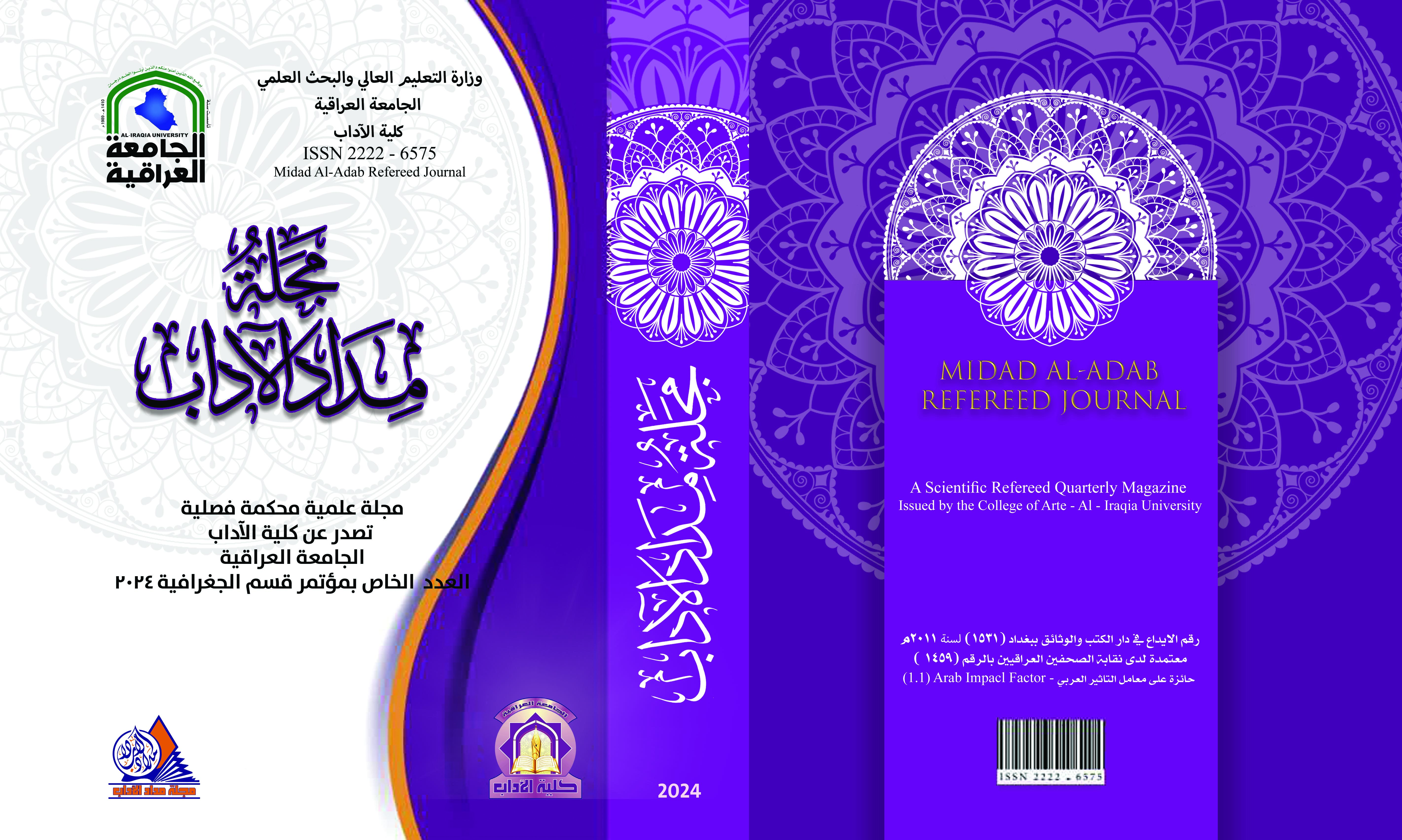Analysis and determination of geomorphological risks in the district of Samarra using Geographic Information Systems and remote sensing.
DOI:
https://doi.org/10.58564/ma.v14iالعدد%20الخاص%20بمؤتمر%20قسم%20الجغرافية.1457Keywords:
Keywords: geomorphological risks, erosion, factors and processes.Abstract
The study aims to determine and analyze the degrees of geomorphological risks in the Samarra district using geographical information systems and remote sensing, which is located administratively within the Salah al-Din Governorate and naturally within the low folds and the beginning of the alluvial plain. The area of the study area reached (4276.23) km2. The Samarra district is located astronomically between a circle of latitude of 30.80 degrees. And 34.36 degrees north and 43.33 degrees 44.15 degrees east. To achieve the objectives of the study, the natural and human factors affecting the emergence of geomorphological risks were studied. Quantitative analysis was used and the building of an information base through the use of geomatics techniques to understand the nature of geomorphological factors and processes through building models that simulate the risks of the region. Which were monitored during the work and determined the type and nature of the geomorphological processes responsible for the presence of risks within the study area, represented by the rise of groundwater from the surface of the earth within the eastern side of the district and its decrease in the western side of the district, and the difference in erosion processes within the district using the SCS equation and the spread of sand deposits on the western side between The Tigris River, Lake Tharthar, and urban sprawl on agricultural lands towards the north and east of the city of Samarra and its impact on land uses within the study area.
Downloads
Published
Issue
Section
License

This work is licensed under a Creative Commons Attribution-NonCommercial-NoDerivatives 4.0 International License.








